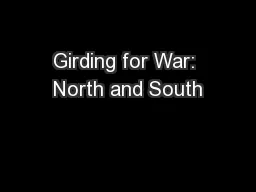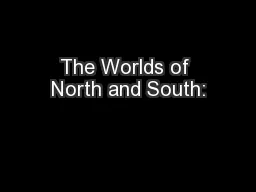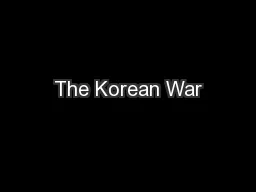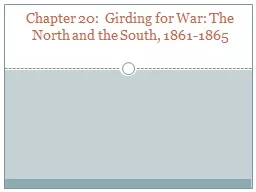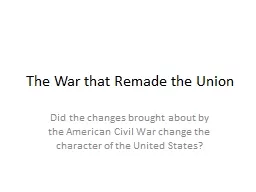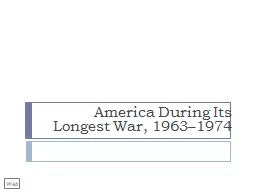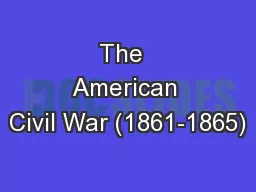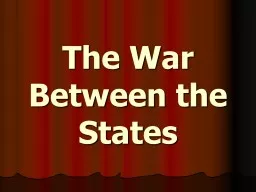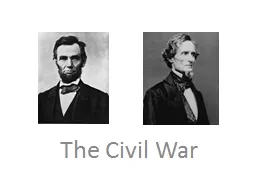PPT-Girding for War: North and South
Author : conchita-marotz | Published Date : 2017-09-24
The menace of Secession President Abraham Lincoln declared that secession was impractical because the North and South were not geographically divided He also stated
Presentation Embed Code
Download Presentation
Download Presentation The PPT/PDF document "Girding for War: North and South" is the property of its rightful owner. Permission is granted to download and print the materials on this website for personal, non-commercial use only, and to display it on your personal computer provided you do not modify the materials and that you retain all copyright notices contained in the materials. By downloading content from our website, you accept the terms of this agreement.
Girding for War: North and South: Transcript
Download Rules Of Document
"Girding for War: North and South"The content belongs to its owner. You may download and print it for personal use, without modification, and keep all copyright notices. By downloading, you agree to these terms.
Related Documents

